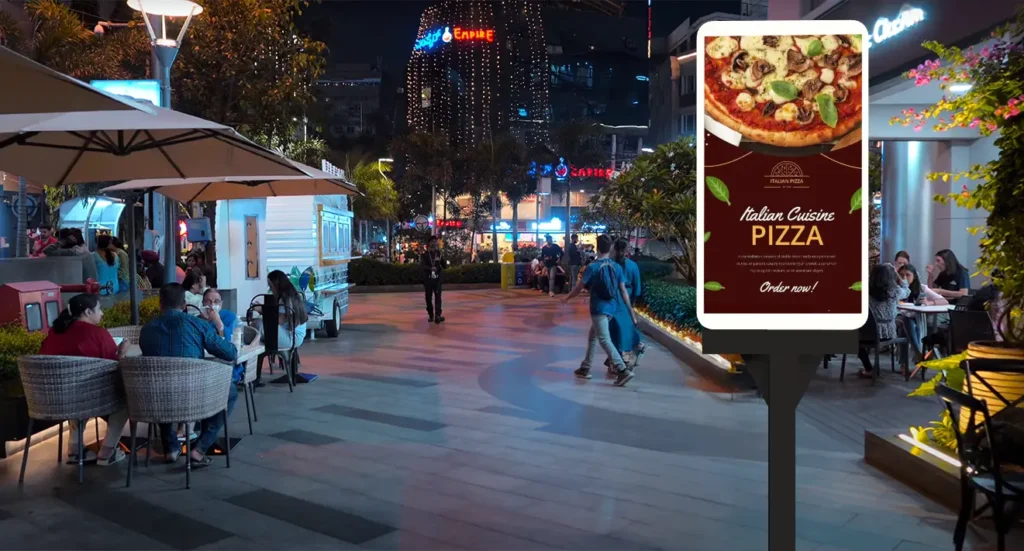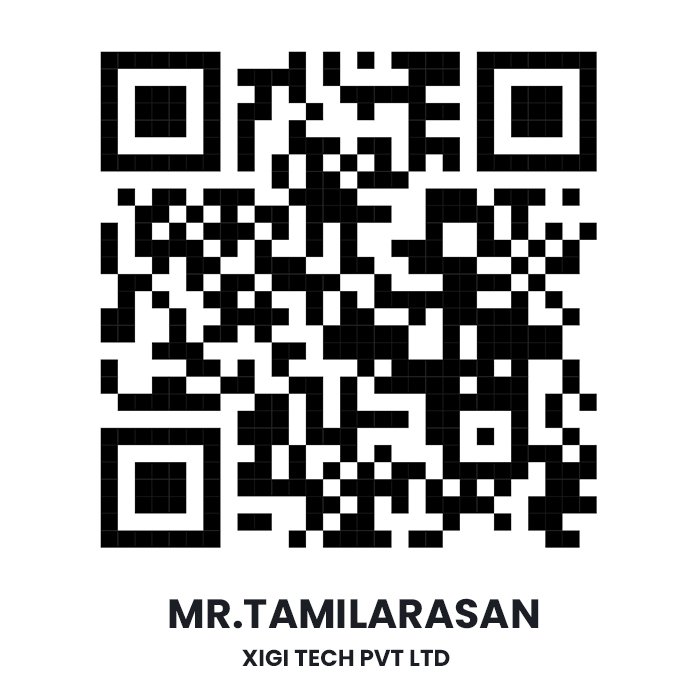Digital Out-of-Home (DOOH) advertising has become an increasingly important part of the modern advertising ecosystem. With the rapid evolution of technology, advertisers are now able to reach their target audience in highly strategic and dynamic ways. One such innovation that has reshaped the DOOH landscape is Programmatic DOOH. But what exactly is programmatic DOOH, and how does it work?
What is DOOH Advertising?
DOOH (Digital Out-of-Home) advertising refers to any digital advertising displayed in public spaces outside of the home. Unlike traditional billboards, which display static ads, DOOH advertising uses digital screens to display dynamic, real-time content. This can include everything from digital billboards to interactive kiosks, digital transit ads, and more.
DOOH advertising allows for greater creativity, flexibility, and immediacy in messaging. Brands can target specific demographics, locations, and even adjust their messaging based on weather, time of day, or audience behaviour.
What is Programmatic DOOH?
Programmatic DOOH is the automation of buying and selling DOOH ad space through software and algorithms, rather than through traditional methods of manual negotiations and agreements. In simpler terms, programmatic DOOH enables advertisers to purchase digital advertising space in real-time, using data-driven algorithms to make decisions.
Similar to programmatic advertising in digital environments (such as on websites or mobile apps), programmatic DOOH offers several advantages, including:
- Efficiency: Automated bidding and purchasing reduce the time and resources spent on manual negotiations.
- Real-time Adjustments: Advertisers can adjust their messaging or target audience instantly based on real-time data.
- Data-Driven Targeting: Programmatic DOOH allows for accurate targeting using data like audience demographics, location, and even weather conditions.
Benefits of Programmatic DOOH
- accurate in Targeting: With programmatic DOOH, advertisers can leverage a variety of data points, such as location, audience behaviour, and even environmental factors, to ensure their messages are being seen by the right people at the right time. This improves the effectiveness of the campaign and reduces wasted ad spend.
- Increased Efficiency: Traditional DOOH advertising required a lengthy negotiation process with media owners. Programmatic DOOH automates this process, reducing the time and resources needed to secure ad placements. Advertisers can focus more on optimizing campaigns rather than on administrative tasks.
- Real-Time Adjustments: One of the key advantages of programmatic DOOH is the ability to make real-time changes to campaigns. For instance, an ad can be dynamically updated based on changing weather conditions or audience behaviour. This allows brands to respond to real-time data and make more relevant, timely ad placements.
- Cost-Effectiveness: Programmatic DOOH offers more transparency in pricing and allows advertisers to control their budgets more effectively. By bidding in real-time and targeting specific demographics or locations, advertisers can optimize their ad spend and ensure maximum ROI.
The Role of Data in Programmatic DOOH
One of the key elements that drive programmatic DOOH is data. The more data you can gather and analyse, the more effectively you can target your audience. For example, using data on:
- Foot traffic: Locations with high foot traffic (e.g., shopping malls, transit stations) can be targeted for campaigns that need mass exposure.
- Weather: Outdoor campaigns can be customized to respond to weather conditions, such as promoting cold drinks on hot days or rain gear on rainy days.
- Audience Demographics: Advertisers can use demographic data (age, gender, etc.) to ensure ads are shown to the most relevant audience.
This data-driven approach results in more personalized and relevant advertising, which not only improves the customer experience but also increases the likelihood of engagement.
The Future of Programmatic DOOH
The rise of programmatic DOOH signals a significant shift in how advertisers engage with out-of-home audiences. The increasing use of connected data-driven technology will continue to shape the future of advertising. Some key trends to look out for include:
- Improves Audience Measurement: As technology advances, advertisers will gain even more insights into audience behaviours, such as how long people interact with an ad or how they respond to specific messages.
- Greater Integration with Other Channels: Programmatic DOOH will become even more integrated with digital advertising across channels like social media and mobile. This will allow for a more seamless cross-platform experience for consumers.
- Improved Ad Personalization: With the continued evolution of AI and machine learning, programmatic DOOH will be able to deliver more personalized and targeted content, improving the relevance and impact of campaigns.
Conclusion
Programmatic DOOH represents the future of digital advertising, offering unparalleled flexibility, targeting capabilities, and efficiency. As advertisers continue to explore data-driven solutions, programmatic DOOH will become an increasingly vital tool for reaching audiences in real-world spaces. By understanding how it works and the benefits it offers, advertisers can position themselves for success in this rapidly evolving advertising landscape.


